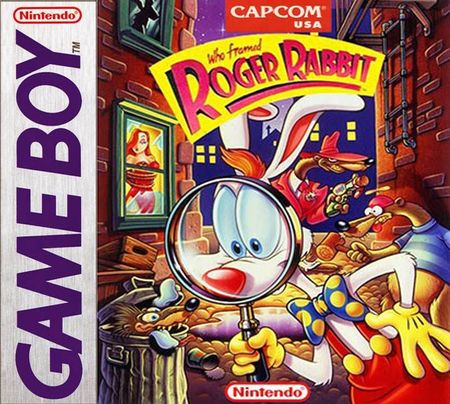
Shinji Mikami is a Japanese game designer, producer and director. He was born in Iwakuni, Japan on August 11th, 1965 and graduated from Doshisha University in Kyoto, majoring in merchandise. Soon after, he landed a job with Capcom as a game planner in 1990. At the early stages of his career, he worked on Disney licensed games like Who Framed Roger Rabbit (1991) and Aladdin (1993).


He was passionate about horror genre films and this led him to utilize the powerful emotion of fear in most of his video games. Fear is a natural and powerful human emotion that can be anticipated by danger. Although it isn’t a pleasurable feeling, we somehow get drawn into them through movies and video games; whether if it helps us master this emotion in a safe way or, to feel the “post-horror high” (emotional rush from fear, transferring into an amplified pleasurable feeling of relief when it’s over).

And with this attraction, he developed one of most successful survival horror games, known as the Resident Evil series (outside of Japan) or also known as Biohazard in Japan. This series made its debut in 1996 which featured rendered backgrounds and 3D polygons to depict characters and objects. Continuing his work with Capcom, he produced more Resident Evil titles along with the Dino Crisis series, which was introduced in 1999. At the same time, Capcom Production Studio 4 was created and Shinji took over as general manager while producing Devil May Cry (2001). He also worked for Clover Studio (which was owned by Capcom) and PlatinumGames, which he got a chance to direct titles like God Hand (2006) and Vanquish (2010).

Eventually, he opened his own studio known as Tango Gameworks in 2010 but was later bought out the same year by ZeniMax Media. Here, he produced the game series, The Evil Within and is currently working on the game GhostWire: Tokyo with an anticipated release date sometime in 2021.

Some interesting things he says about his approach to horror game design include, “The horror experience is most scary when the player really isn’t sure whether their character is going to live or die – death and survival need to be on a constant see-saw. If there’s a situation where you’re not 100% sure that you can avoid or defeat the enemies, if you feel maybe there’s a chance you’ll make it – that’s where horror lies. Creating that situation is vital.” And, “…horror is instinctive – the things that scare me take precedence over any theory of horror. With Resident Evil, we went with human and human-shaped enemies because people are generally more interested in and scared by other people, rather than some obscure creature that we don’t recognize. Evil Within is the same.” He has received the Honour Award from the Spanish Academy of Interactive Arts and Sciences in 2015 and his game Evil Within (2014) received the Best Horror game also in 2015 by iHorror.

References
Butler, Mark. “Why People Play Horror Games.” Inews.co.uk, 14 July 2020, inews.co.uk/culture/gaming/people-play-horror-games-25944.
Perron, Bernard. Horror Video Games: Essays on the Fusion of Fear and Play. McFarland & Co., 2009, pp. 15-25.
Perron, Bernard. The World of Scary Video Games: a Study in Videoludic Horror. Bloomsbury Academic, Bloomsbury Publishing Inc, 2018, pp. 1-6.
“Shinji Mikami (Person).” Giant Bomb, 17 Aug. 2020, www.giantbomb.com/shinji-mikami/3040-32999/.
“Shinji Mikami – VG Legacy: Game Designer, Director and Producer.” VG Legacy, 7 Sept. 2020, vglegacy.com/gameography/shinji-mikami/.
Stuart, Keith. “Shinji Mikami: the Godfather of Horror Games.” The Guardian, Guardian News and Media, 30 Sept. 2014, www.theguardian.com/technology/2014/sep/30/shinji-mikami-evil-within-resident-evil.
